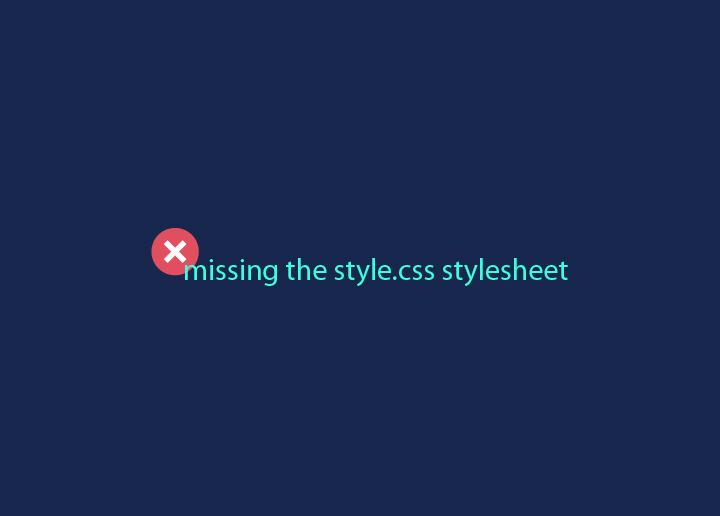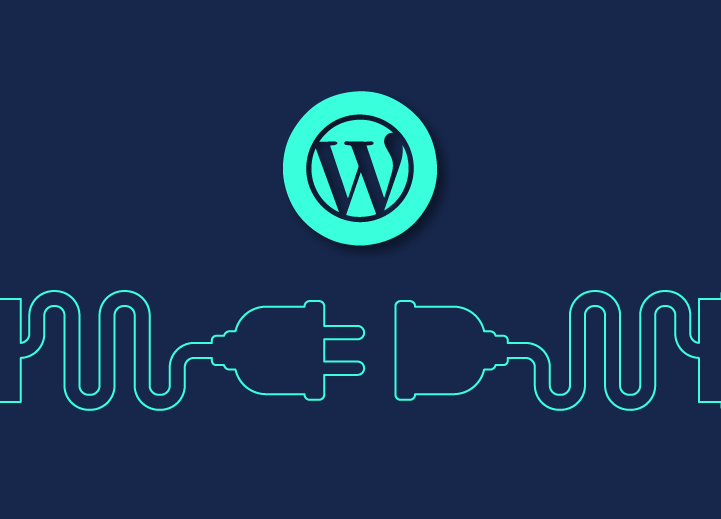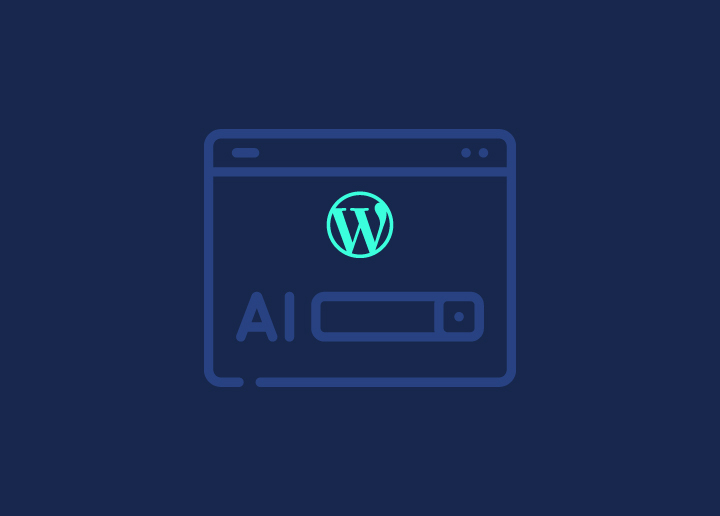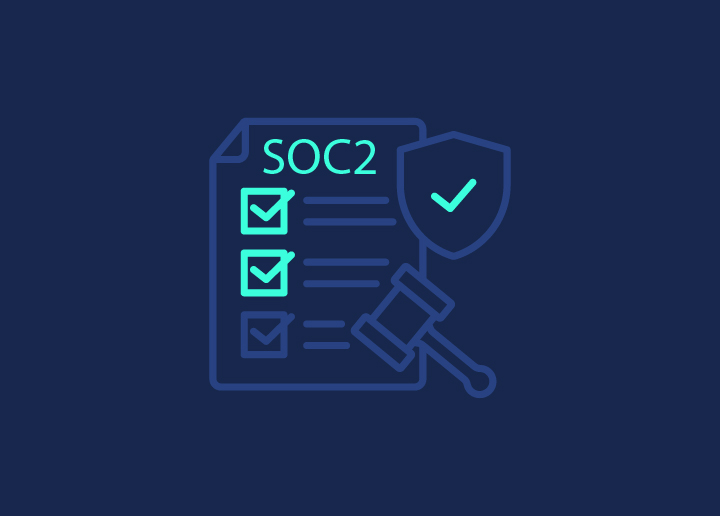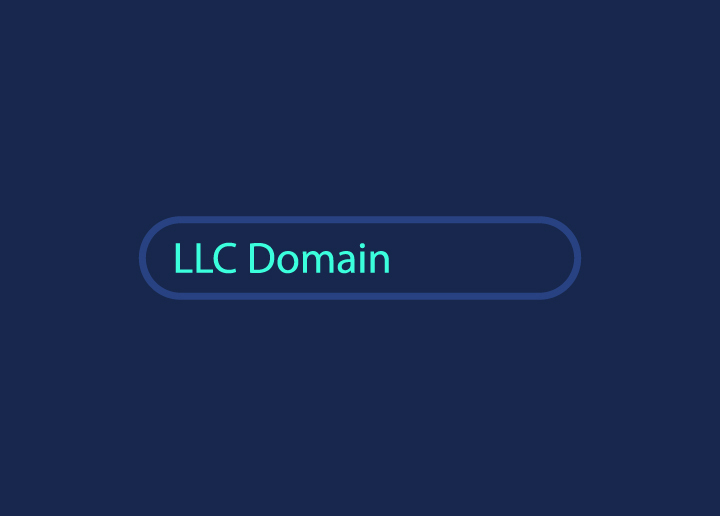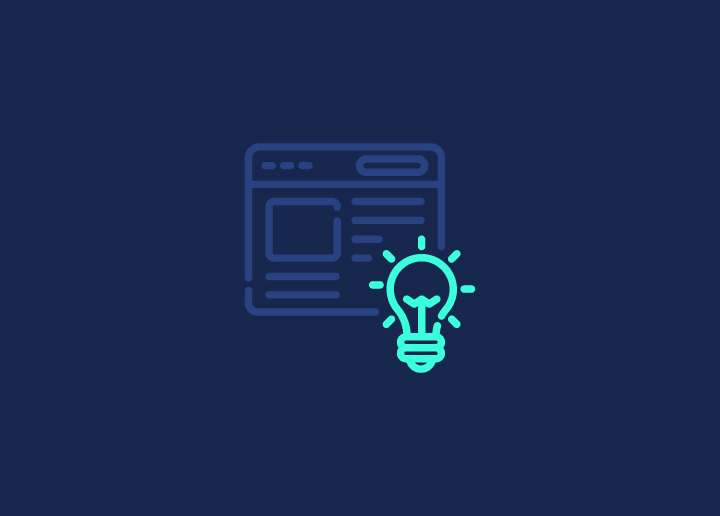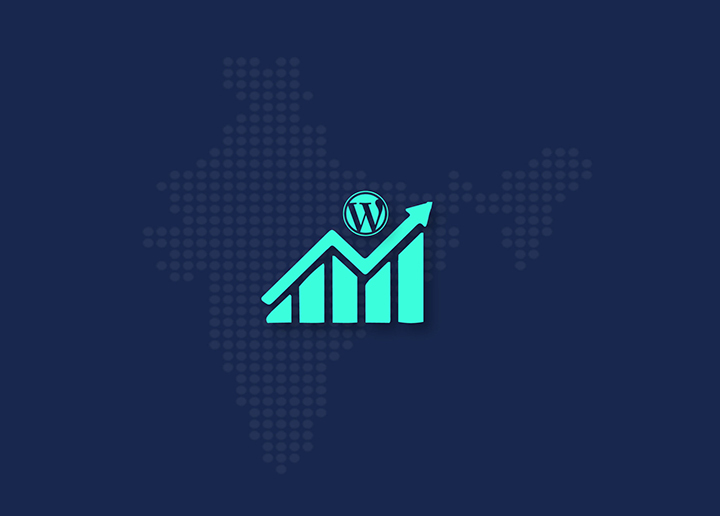If you are thinking of running a digital agency, websites are the heart of your clients’ marketing efforts, acting as powerful sales funnels. The most promising thing about spearheading such a venture? Demand is constantly on the rise. From startups to established businesses, we believe, everyone needs a site on WordPress and an insightful WordPress development strategy to thrive. Perhaps it’s time for you to start a profitable website creation business?
Imagine offering services that help businesses grow and succeed. Your expertise in WordPress can transform visions into reality. We at Sehawk have been doing this for years and in this article, we are going to give you the practical ways to flourish in the website creation business. Read on to stay ahead of the curve!
Contents
ToggleDefine Your Niche and Services

Finding your unique niche in web design is like discovering hidden treasure. This uniqueness sets you apart in a crowded market and attracts clients who value your expertise. By specializing, you become the go-to expert for a specific audience or industry. This focus lets you tailor your services to meet the unique needs of your target market, leading to higher rates and a stronger reputation.
So, how do you find the perfect niche for your web design business? Start by reflecting on your past experiences, strengths, and passions. Here are some steps to help you:
- Consider your background and expertise: If you have experience in healthcare, consider creating websites for medical practices.
- Think about your passions: Love eco-friendly businesses? Focus on designing for sustainable brands.
- Take into account your location: Becoming the local expert for small businesses in your area can be a great starting point.
Once you’ve identified your niche, the next step is to pinpoint your target audience and outline the specific services you plan to offer. Are you aiming to work with small businesses, e-commerce companies, or startups? Each group has its own unique needs and challenges.
For instance, if you focus on e-commerce, you might offer online store setup, product photography integration, and payment gateway implementation. Don’t forget complementary services like website maintenance and managed SEO, which provide valuable ongoing support to your clients.
Also Check Prospects In: Website Redesign: Signs You Need a Website Makeover
Establish Your Brand Identity

Having established your niche and services, the next step is to develop a brand identity that will make your web design business memorable. Think of your brand as the face and personality of your business – it’s what sets you apart from the sea of competitors and makes clients want to work with you. A unique and compelling brand identity not only makes you recognizable but also helps build trust and loyalty among your target audience.
Begin by developing the visual aspects of your brand. This includes:
- Designing a logo that captures the essence of your business
- Selecting a color scheme that resonates with your target audience
- Choosing typography that reflects your brand’s personality
If you’re on a tight budget, you might consider designing these elements yourself. However, investing in a professional graphic designer can yield a polished result that truly elevates your brand. Remember, your visual identity will be the first thing potential clients see, so make it count!
More to Look Forward to: Transform Your Brand with These Top White Label Agencies
Want the Distinct Flavor of Your Brand Reflecting in Your Website?
We can make that happen! Enjoy custom-specific designing for your brand’s website by our uber-experienced web designers, just for $999 one-time pay.
Register Your Business and Domain Name
As your brand identity begins to crystallize, the next step is to formalize your own business in the web design industry. Registering your web design business is a crucial step that not only legitimizes your operation but also sets the stage for your online presence. It’s the bridge between your creative vision and the legal framework that will support your web design business starting journey.
First, let’s tackle the exciting (and sometimes challenging) task of naming your business. Before you fall in love with a name, do your due diligence. Perform a domain history search to ensure the name doesn’t have any skeletons in its digital closet. You don’t want to inherit a poor reputation or legal issues from a previous owner. Once you’ve settled on a name that aligns with your brand and passes the background check, don’t hesitate – register that domain name immediately. In the fast-paced world of the internet, hesitation can mean losing your perfect domain to someone else.
Next, consider the legal structure of your business. You have several options, including operating as a sole proprietor, forming an LLC (Limited Liability Company), or setting up a corporation. Each structure has its pros and cons in terms of liability protection, taxes, and complexity. It’s wise to consult with a legal professional or accountant to determine the best fit for your specific situation. Don’t forget to check for any local licensing requirements and consider business insurance to protect your new venture.
Once you’ve sorted out the legal aspects, it’s time to secure your online real estate. Use reliable domain registration websites to check for availability and register your chosen domain. If your ideal .com domain is taken, don’t despair – consider alternative extensions like .design, .studio, or even location-specific ones like .co.uk if they align with your target market. As an extra measure to protect your brand, consider purchasing similar domain names or common misspellings to prevent cybersquatting.
Interesting Read: Choosing the Perfect WordPress Website Domain Name: Your Ultimate Guide
Build a Professional Portfolio

Now that your business is officially registered and you’ve secured your domain, it’s time to create the centerpiece of your online presence – your professional portfolio. This is your digital showcase, your opportunity to make a lasting impression on potential clients and stand out in the competitive web design landscape. A well-crafted portfolio isn’t just a collection of your work; it’s a strategic tool that can significantly boost your chances of landing dream projects.
Start a web design journey by creating a visually striking homepage that immediately captures attention. Your portfolio website should include a comprehensive ‘About Me’ page that tells your story and highlights your unique approach to web design. This is where you can let your personality shine through and begin building a connection with potential clients. Remember, people don’t just buy services; they buy into the individuals behind those services.
When it comes to showcasing your projects, quality trumps quantity. Instead of overwhelming visitors with every project you’ve ever worked on, curate your top 3-5 designs. For each featured project, use high-quality visuals and provide brief, engaging descriptions that outline the project’s objectives and the challenges you overcame. Don’t be afraid to share the background story and context of each project. This narrative approach can make your work more relatable and demonstrate your problem-solving skills.
Find More Resources: Best UI/UX Portfolio Websites & Builders
To add depth to your portfolio, consider including case studies and testimonials. Case studies allow you to dive deeper into your design process, explaining how you addressed specific client pain points and delivered solutions. This not only showcases your technical skills but also your strategic thinking and client-focused approach. Testimonials, on the other hand, provide social proof and can significantly boost your credibility in the eyes of potential clients.
Finally, don’t forget the all-important call to action. Include clear and compelling CTAs like ‘Hire Me’ or ‘Start Your Project’ throughout your portfolio. Make sure your contact information is easily accessible, and consider adding a contact form to make it as easy as possible for potential clients to reach out. Link your portfolio to your social media accounts and other online platforms to create a cohesive online presence. With a strong portfolio in place, you’re ready to take the next step – setting up your comprehensive website and expanding your online presence to attract and engage your target audience.
Set Up Your Website and Online Presence
With your portfolio now in the spotlight, the next step entails broadening your digital footprint and establishing a substantial online presence that will act as the backbone of your web design business. Your website is not just a showcase; it’s a powerful tool for attracting clients, demonstrating your expertise, and streamlining your business operations. Let’s dive into the essentials of setting up a website that works as hard as you do.

First and foremost, choosing the right website design tool is critical for the success of your business. While there are many options out there, platforms like Webflow come highly recommended for web design professionals. It offers a balance of flexibility and ease of use, allowing you to create stunning, responsive designs without getting bogged down in complex coding.
However, be cautious with platforms like Wix, which, despite their popularity, can sometimes lead to slower loading speeds – a crucial factor in user experience and search engine rankings. If you’re looking for professional web design services, consider using a platform like Webflow to ensure the best results or partnering with a web design company.
Once you’ve selected your platform, focus on creating client websites that not only look great but also function smoothly. Ensure your site is free of errors, as this will be the first impression many potential clients have of your work. Your website should:
- Clearly communicate your services
- Showcase your portfolio
- Make it easy for visitors to contact you
- Optimize your site for search engines, targeting keywords related to your niche and location to attract your ideal clients.
Beyond your website, establish a presence on key social media platforms. Choose the platforms where your target audience is most active, whether that’s Instagram for visual impact, LinkedIn for B2B connections, or Twitter for industry engagement. Be strategic about your social media efforts – it’s better to maintain a strong presence on a few platforms than to spread yourself too thin across many. Use these channels to share your work, offer valuable insights, and engage with potential clients and industry peers.
Read More: WordPress for B2B: Why Use WordPress for B2B Websites
Determine Pricing and Payment Methods
With your online presence firmly established, the next essential aspect of your web design business to address involves pricing your services. This step can be challenging, but it’s essential for ensuring the profitability and sustainability of your venture. Remember, your pricing should reflect not just your time and skills, but also the value you bring to your clients’ businesses.
When setting your rates, consider the various pricing models available in the web design industry. As of 2023, industry professionals’ hourly rates for web design services typically range between $75 and $250. For more specialized services like strategy calls or website audits, you might charge between $300 and $1200. For larger projects such as custom websites, starting prices can range from $3500 to $7000 or even higher, depending on the complexity and deliverables involved. Don’t be afraid to position yourself at the higher end of the spectrum if your skills and experience warrant it. As you gain more experience and establish your reputation, gradually raise your prices to reflect your growing expertise.

To streamline your pricing process and save time on negotiations, consider offering a pricing range for your projects upfront. You can share this range on your portfolio website, which helps to pre-qualify leads and ensures that potential clients have realistic expectations about your rates. This approach can save you time and energy by filtering out clients whose budgets don’t align with your services.
When it comes to payment methods, it’s crucial to have a clear and professional system in place. Here are some tips to consider:
- Many web designers offer monthly payment plans to accommodate clients’ budgets, especially for larger projects.
- For processing payments, platforms like Stripe are highly recommended due to their reliability and ease of use.
- Establish clear invoicing processes, including when invoices are sent, payment due dates, and policies for late payments.
- A common practice in the industry is to require a 50% deposit before starting a web design job, which helps to secure the project and cover initial costs.
By setting up a robust pricing and payment system, you’re not just ensuring fair compensation for your work – you’re also demonstrating professionalism that will instill confidence in your clients.
Read More: Website Design Pricing: The Ultimate Guide for Agencies
Invest in Essential Tools and Software

Having set up your pricing strategy, the next step is to arm yourself with the tools that will refine your workflow and enhance the quality of your work. Investing in the right software and hardware is not just about making your job easier – it’s about enhancing your productivity, professionalism, and the overall value you offer to clients.
First and foremost, project management software is crucial for organizing and tracking your ongoing projects. Some recommended tools include:
- Monday
- Asana
- Wix Studio
- The Hub from GoDaddy Pro
These tools can help you keep all your tasks, deadlines, and client communications in one place. By implementing a robust project management system, you’ll ensure that no detail slips through the cracks and that you’re always on top of your workload.
Next, consider your financial management tools. Accounting software and invoicing software are essential for simplifying your financial processes. Platforms like FreshBooks offer comprehensive solutions for invoicing, payment processing, and bookkeeping. They often provide free versions for small businesses just starting out, allowing you to manage your finances professionally without a significant upfront investment. Additionally, time tracking tools like Harvest or Toggl are invaluable for keeping accurate records of billable hours for each project. Obsessive time tracking not only helps you bill accurately but also provides insights for better scheduling and justifying rate increases in the future.
For your design and development work, invest in tools that will enhance your creativity and efficiency. Some recommended tools include:
- Figma: an excellent choice for collaborative brainstorming and prototyping
- Google Web Designer: helps you edit JavaScript, CSS, and HTML for creating interactive web pages
- Webflow: offers a comprehensive CMS and web hosting services, making it a robust tool for designing professional websites
- Nova: reduces the need for multiple secondary tools by incorporating a CSS editor, FTP client, and version control system all in one package
Consider using these tools to streamline your design and development process.
Lastly, don’t overlook the importance of quality hardware and security measures. Here are some recommendations:
- Invest in a computer with a large high-definition screen
- Consider additional monitors if needed
- Get good quality cameras and microphones for professional video calls with clients
- Implement reliable security and backup strategies, including remote file backup and complete computer backup, to safeguard against data loss
- Remember, purchasing hardware, software, internet service, and office supplies through your business can often lead to tax benefits, helping you manage costs more effectively
Develop a Marketing Strategy
With your business infrastructure now established, the next step is to concentrate on promoting your web design services. Developing a robust marketing strategy is crucial for attracting clients and growing your business. Let’s dive into the key elements that will help you create a marketing plan that resonates with your target audience and sets you apart from the competition.
First, set clear and measurable marketing goals. These might include increasing website traffic by a certain percentage, generating a specific number of leads per month, or improving your brand awareness in your niche market. Having concrete objectives will help you focus your efforts and measure the success of your marketing initiatives.
Next, take the time to research your competitors. Understanding their marketing strategies can help you identify gaps in the market and opportunities to differentiate your services.

Content marketing should be a cornerstone of your strategy. Develop a content plan that includes creating valuable blog posts, case studies, or video tutorials related to web design. This not only showcases your expertise but also helps improve your search engine rankings. Plan your content calendar in advance to ensure consistency in your publishing schedule.
In terms of marketing channels, choose those that align best with your target audience. This might include social media platforms, email marketing, SEO, or even paid advertising.
To maximize the impact of your marketing efforts, consider leveraging automation tools. These can help you streamline tasks like scheduling social media posts or sending email campaigns, allowing you to maintain a consistent presence without overwhelming your schedule. Implement forms on your website to collect contact details from potential clients, and consider embedding scheduling tools like Calendly to make it easy for prospects to book consultations.
Finally, don’t forget to regularly monitor and analyze the performance of your marketing efforts. Track metrics such as website traffic, conversion rates, and engagement levels to understand what’s working and what needs adjustment. By developing a comprehensive and data-driven marketing strategy, you’ll be well-positioned to attract your ideal clients and grow your web design business effectively.
More Insights In Marketing: Service Level Agreement: How Does It Affect Your Website?
Find and Manage Clients
Having set up your marketing strategy, the focus now shifts to the lifeblood of your web design business: your web design clients. Finding and managing clients effectively is crucial for building a sustainable and profitable venture. Let’s explore some proven strategies for attracting the right clients and nurturing those relationships for long-term success.

When you’re just starting out, word-of-mouth referrals and increasing your visibility are key to attracting new clients. Don’t underestimate the power of your existing network – friends, family, coworkers, and social media contacts can all help spread the word about your services. Even if you don’t have an extensive portfolio yet, these connections can vouch for your skills and work ethic. For those looking to find clients quickly, consider using Google Maps to identify local businesses with outdated or non-existent websites. This proactive approach can lead to valuable opportunities right in your community.
To expand your reach further, employ a multi-faceted approach. Here are some strategies to consider:
- Ask for referrals from satisfied clients
- Connect with relevant social media groups
- Publish fresh content on your website regularly
- Offer a lead magnet, such as a free website audit or a design tips ebook, to attract potential clients to your mailing list
- Don’t shy away from job boards – they can be a great source of leads, especially when you’re building your client base
However, be aware that competition on platforms like Upwork can be intense, particularly from international freelancers who may offer lower rates.
Once you’ve landed a client, the real work begins. Having a well-structured onboarding process is crucial for setting the right tone and expectations from the start. Pay close attention to project management and communication aspects, including time tracking, regular updates, and a clear process for managing scope changes. Remember that each client is unique, so be prepared to adjust your communication style to suit their individual needs and preferences.
More to Read: How To Turn WordPress Side Hustle Into A Full-Time Business?
Experiencing Stalled Scale Due to Short Bandwidth?
Delegate client site works to us for seamless white labelling! Get client websites designed, developed, maintained, and supported without them ever knowing the difference!
Scale Your Business
As your web design business picks up momentum and your client base expands, you’ll arrive at a juncture where scaling transitions from being merely an option to a requirement for sustained success. Scaling your business involves more than just taking on more clients – it’s about creating systems and processes that allow you to grow efficiently while maintaining the quality of your work. Let’s explore how you can take your web design business to the next level.

First and foremost, operational focus is crucial when scaling a web design business. This means:
- Developing standardized processes for everything from client onboarding to project delivery
- Documenting your successful processes and building training materials around them
- Ensuring consistency in your work and making it easier to bring on new team members as you grow
- Considering separating production from sales to streamline your business operations and allow you to focus on what you do best while delegating other tasks.
As you scale, you’ll likely need to expand your team. Employing subcontractors can be an effective way to manage increased workload without the commitment of full-time employees. This approach allows you to take on more projects while maintaining flexibility. Start by reaching out to your network for trusted designers and developers. As your business expands, it may be beneficial to bring on administrative and marketing professionals to help optimize your operations. This step can contribute to greater efficiency and growth for your company.
However, scaling isn’t just about growing bigger – it’s about growing smarter. Here are some tips to help you scale your web design business:
- Regularly stress-test your business model with client projects to ensure that your processes are efficient and effective as you take on more work.
- Strive to balance creative freedom with structured processes to maintain quality while scaling.
- Keep your financial goals, client capacity, and types of services offered in mind as you grow.
- Maintain a record of your business vision to stay motivated and focused on your long-term objectives. Remember, scaling a web design business is a gradual process that requires careful planning and execution. By creating robust systems, building a reliable team, and continuously refining your processes, you’ll be well-positioned to take your web design business to new heights.
Explore New Possibilities: White Label WordPress Development: Everything You Need To Know!
In Parting: Continue Learning and Adapting
In the evolving landscape of web design, complacency isn’t a viable choice. To maintain a successful and thriving business, you must commit to continuous learning and adaptation. This final step in our guide is perhaps the most crucial, as it ensures your long-term relevance and competitiveness in the industry.
Staying current with web design trends is essential for keeping your brand relevant and competitive. Remember, first impressions of a website are formed within 50 milliseconds, making it crucial to stay on top of the latest design aesthetics and user experience best practices. Design trends are always evolving with new technologies and changing user preferences, so make it a habit to regularly explore industry blogs, attend webinars, and participate in design communities to stay informed.
However, learning isn’t just about following trends. To remain competitive, you should continually work on improving your web design skills. This might involve mastering new coding languages, exploring advanced design software, or even branching out into related fields like UX research or digital marketing. Ensure you allocate time for ongoing education – it’s an investment that will allow you to deliver more value to your clients and potentially command higher rates for your services.
Don’t underestimate the power of mentorship in your journey of continuous improvement. Seeking guidance from more experienced professionals can help build your confidence, enhance your skills, and help you set achievable goals for your business. Additionally, keeping up with trends and continuously improving your skills signals to your audience that you’re invested in your business and committed to delivering the best possible service.
By embracing a mindset of lifelong learning and adaptation, you’re not just future-proofing your business – you’re positioning yourself as a leader in the dynamic and exciting field of web design.








